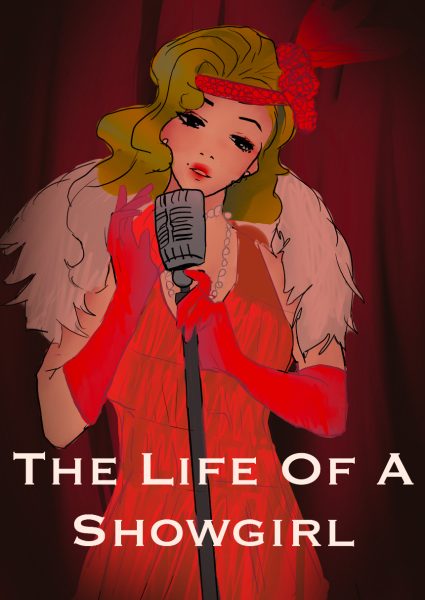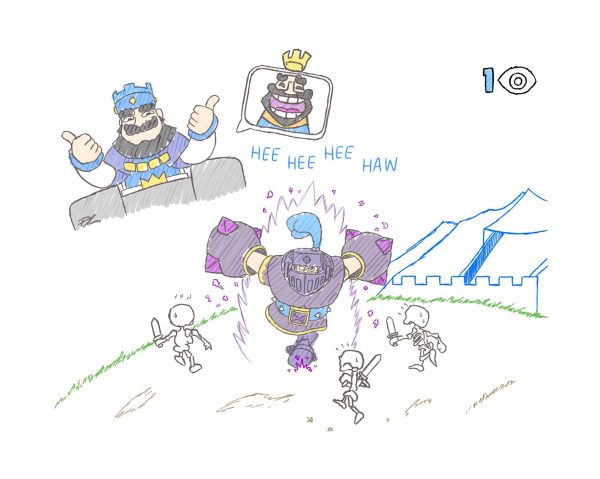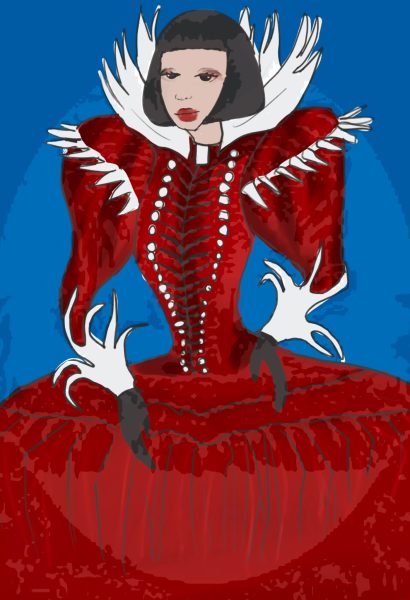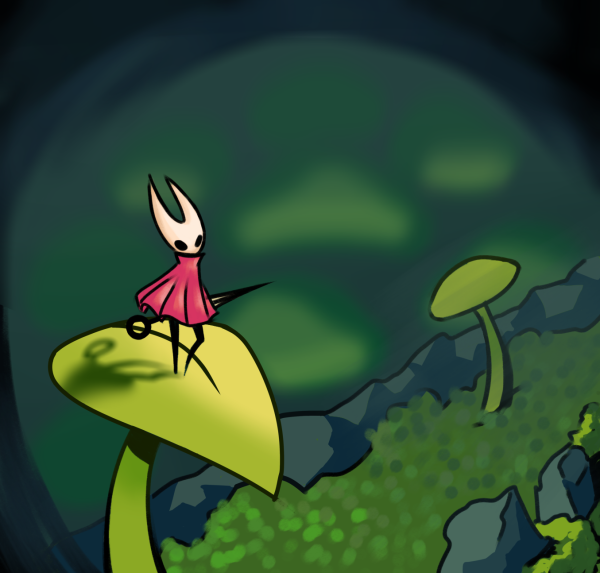Jig is up: Irish dancers shine at world championships
Many people often joke that they’re only Irish on Saint Patrick’s day. This does in fact hold true for most those who partake in celebrating the Irish culture during the month of March. Even for the other eleven months of the year, Irish culture has taken the stage by storm. One phenomenon that just can’t seem to fade is traveling Irish Dance shows, such as Riverdance or the Lord of the Dance. But how did such a niche type of entertainment capture fans all around the world?
Many were captivated by the powerful music and the incredibly quick movements made by the dancers’ feet. Original principal dancer Michael Flatley was the man to set the world record for most taps by a foot per second with 35 taps. Alongside the tapping, the synchronized and sharp movement compelled the audience to continue watching. The Lord of the Dance was founded in 1966, but became popularized by the Chicago-born breakout star Michael Flatley in 1996. Flatley was the first American to win the World Championships in 1975. Flatley also starred in other famous shows, including Riverdance (1994), Feet of Flames (1998-2001) and Celtic Tiger Live (2004-2007). The theme of these shows was all similar: to display Irish culture and music. While Flatley was apart of Riverdance, the cast of the show changed. Jean Butler, yet another American world champion, created and filled the role of the principal female role. Today, many principal roles in these shows are filled by past world champions as well.
Despite the worldwide popularity of traveling shows like this, few know of the world of competitive Irish dance, the very world which breeds the top principal dancers for these shows. Every year, the Irish Dance World Championships, also known as the Oireachtas Rince na Cruinne, attracts the top 1% of dancers worldwide, all of them competing for the title of World Champion. This competition takes place Easter weekend of each year and usually takes place in major cities in both the United Kingdom or the United States. These dancers range from age 10 to over 21, and are both boys and girls. Alongside the solo competition, there are team competitions as well, including choreography and a semi-new dance drama category. Team dances are universal, and there are always plenty of teams doing one of a few eligible dances. The champion team is found through intense nitpicking.
A light was first shed in 2011 with the Irish Dance documentary ‘Jig.’ The documentary followed two young girls, one from Ireland, Brogan McCay, and another from New York, Julia O’Rourke, both competing in their first World Championships. The film showed all of the intense hard work, dedication and time commitment that Irish dance requires. Spoiler alert! Julia O’Rourke became the world champion (winning on a broken foot) and Brogan McCay receive second place. Watching both girls dance, it’s hard to make a clear judgement as to which one is the World Champion. In fact, as quoted in the shorter Irish Dance documentary, “Big Jig” (2012) it often comes down to the dancer’s appearance and style. The dresses cost upwards of $2,500, and a new one is needed every year or year and a half in order for it not to become outdated. These costumes are adorned with Swarovski crystals and are completely custom. Not only is competitive Irish Dance an incredible time commitment but also a monetary one and all for the shot at winning the first place world globe. Now, this isn’t what most think of when Irish Dancing comes to mind, but most dancers who take the main roles in some of the top performing dance companies were once competing on the world stage at the Oireachtas Rince na Cruinne.
Your donation will support the student journalists of Saint Viator High School. Your contribution will allow us to purchase equipment and cover our annual website hosting costs.







